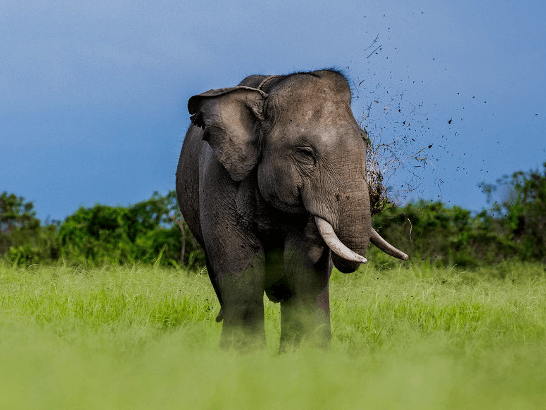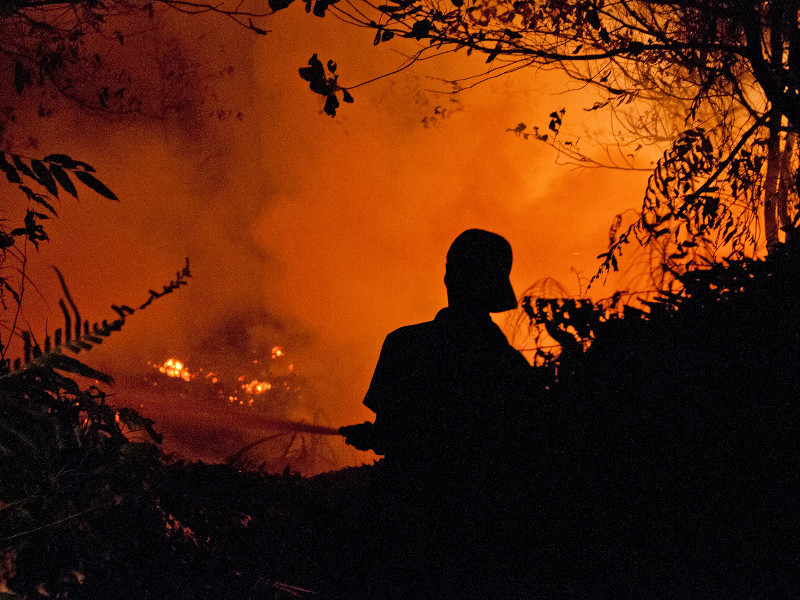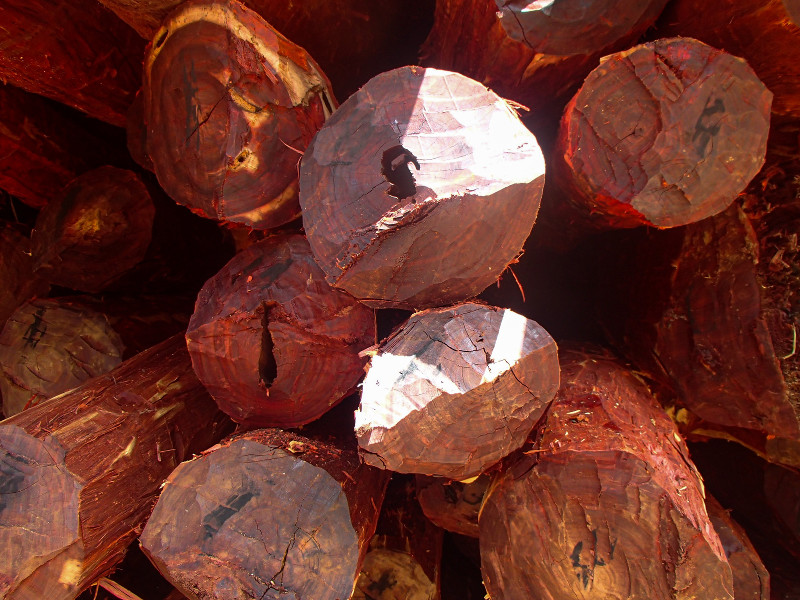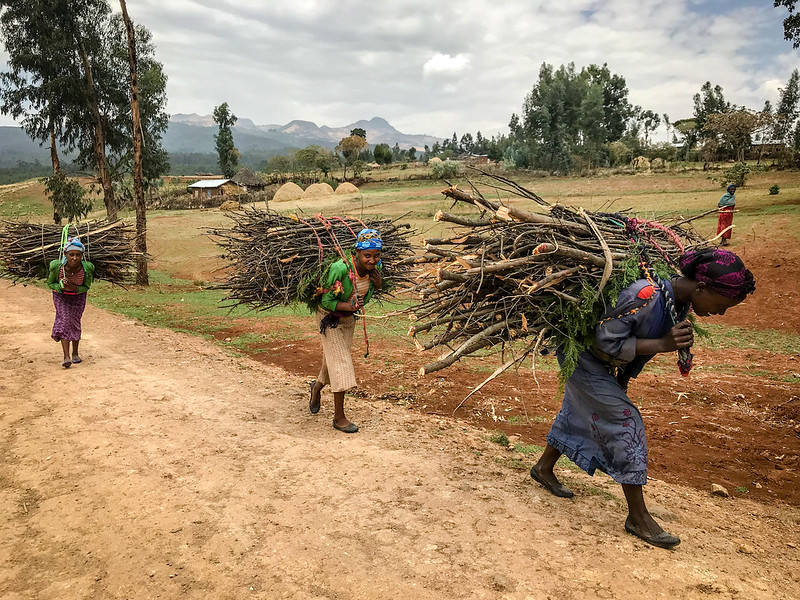Most Central African rainforests are characterized by a remarkable abundance of light-demanding canopy species: long-lived pioneers (LLP) and non-pioneer light demanders (NPLD). A popular explanation is that these forests are still recovering from intense slash-and-burn farming activities, which abruptly ended in the 19th century. This “human disturbance” hypothesis has never been tested against spatial distribution patterns of these light demanders. Here, we focus on the 28 most abundant LLP and NPLD from 250 one-ha plots distributed along eight parallel transects (~50 km) in the Yangambi forest. Four species of short-lived pioneers (SLP) and a single abundant shade-tolerant species (Gilbertiodendron dewevrei) were used as reference because they are known to be strongly aggregated in recently disturbed patches (SLP) or along watercourses (G. dewevrei). Results show that SLP species are strongly aggregated with clear spatial autocorrelation of their diameter. This confirms that they colonized the patch following a one-time disturbance event. In contrast, LLP and NPLD species have random or weakly aggregated distribution, mostly without spatial autocorrelation of their diameter. This does not unambiguously confirm the “human disturbance” hypothesis. Alternatively, their abundance might be explained by their deciduousness, which gave them a competitive advantage during long-term drying of the late Holocene. Additionally, a canonical correspondence analysis showed that the observed LLP and NPLD distributions are not explained by environmental variables, strongly contrasting with the results for the reference species G. dewevrei, which is clearly aggregated along watercourses. We conclude that the abundance of LLP and NPLD species in Yangambi cannot be unambiguously attributed to past human disturbances or environmental variables. An alternative explanation is that present-day forest composition is a result of adaptation to late-Holocene drying. However, results are inconclusive and additional data are needed to confirm this alternative hypothesis.
DOI:
https://doi.org/10.1002/ece3.8443
Altmetric score:
Dimensions Citation Count:

Publication year
2021
Authors
Luambua, N.K.; Hubau, W.; Salako, K.V.; Amani, C.; Bonyoma, B.; Musepena, D.; Rousseau, M.; Bourland, N.; Nshimba, H.S.M.; Ewango, C.; Beeckman, H.; Hardy, O.J.
Language
English
Keywords
tree species, rainforests, forest ecology, spatial analysis, forest composition, forest canopy
Geographic
Democratic Republic of the Congo






















